It’s no exaggeration to say that Boulder County’s arts scene is in flux.
Just a few months ago, Boulder was announced as a finalist for the famed Sundance Film Festival. In November 2023, Longmont voters turned down a tax that would have been used to build a new performing arts center while Boulder voters passed a measure increasing funding for the arts — something that has since been a source of conflict between city leaders and the arts community. Affordability continues to challenge artists and the places they practice; meanwhile brand new spaces and major expansions are underway for local museums and makerspaces (read more about those on p.15).
With all that’s brewing, Boulder Weekly asked local arts leaders to describe the state of the arts in Boulder County — warts and all. They weighed in on everything from trends in CU Boulder’s music taste to affordability for artists. Here’s what they had to say.
Editor’s note: Responses have been edited for length and clarity.
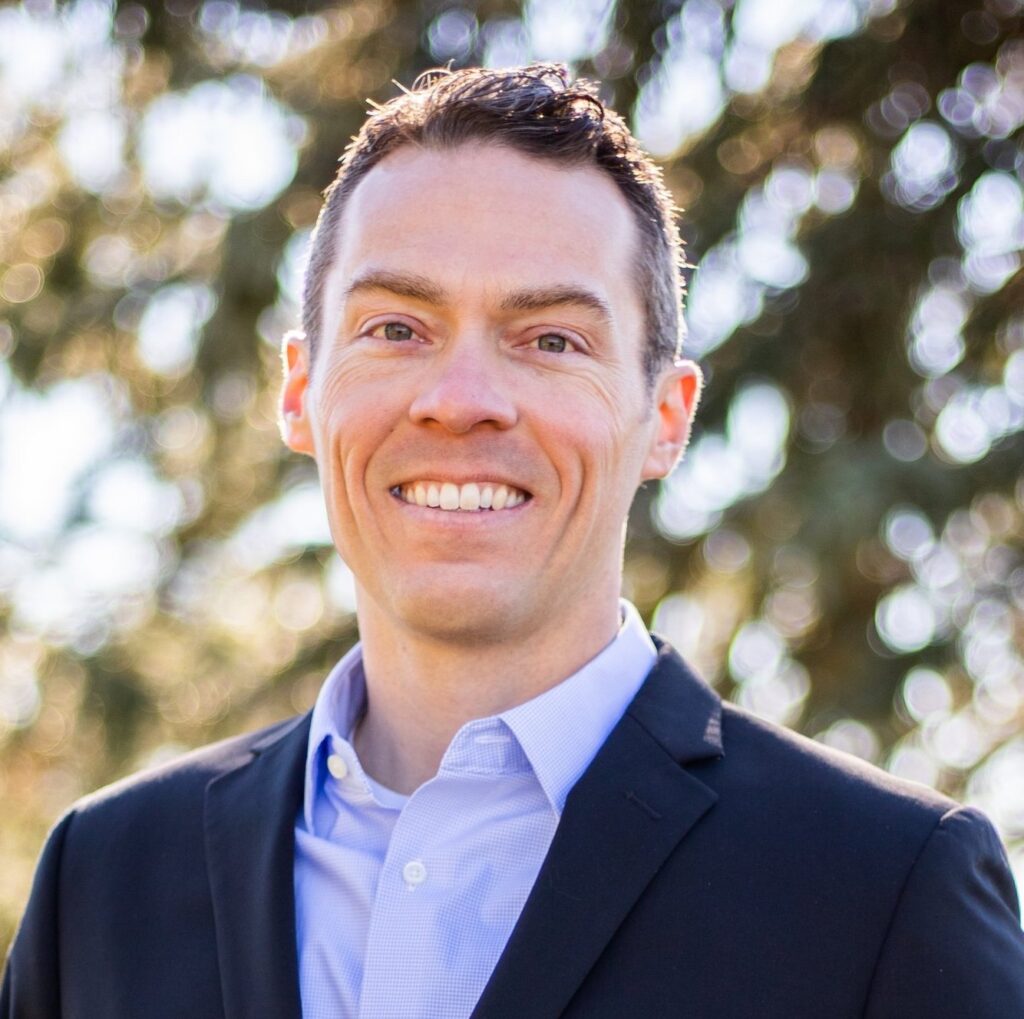
Travis LaBerge
Parlando School of Musical Arts, executive director
The state of the arts is strong but struggling. Interest level and participation in the schools is all very high. There is a general understanding that the arts are valuable. All the things you do to become a musician are actually lifelong lessons for being a successful human. There’s a growing awareness on the part of parents and families and educators of what role that plays. So in that regard, the state of the arts is strong.
But when it actually comes time to make funding for the arts or scheduling in schools, we’re still coming up short.
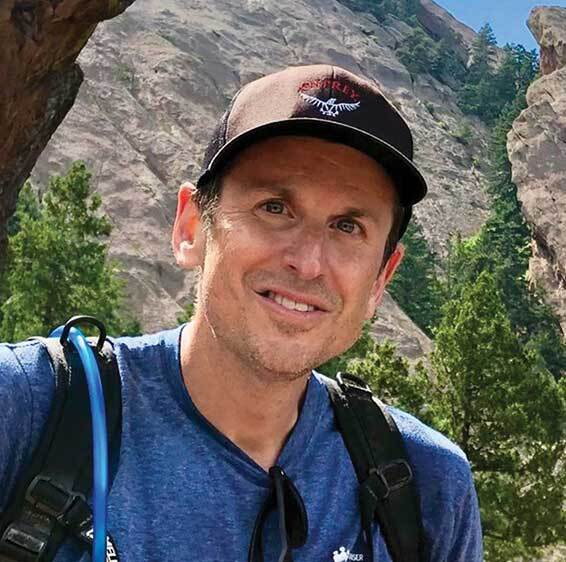
David Weingarden
Z2 Entertainment (Boulder Theater and Fox Theatre), VP of concerts and events
Ticket sales have been strong since we’ve come out on the other end since COVID. People love to come out and support the artists they love. And since COVID, everyone’s out on tour… It’s really amazing to see.
College kids who have been predominantly listening to EDM and hip-hop over the past few years or decade [are starting to get] more interested in bands. They’re starting to spread it out a little bit, and they’re interested in indie rock and country, Americana, that sort of thing.
[When] I’m walking around the Hill, I hear a lot of the music that’s coming out of the fraternity and sorority houses or houses having parties. For, like, the past 10 years, there were never any bands playing at these parties, and now you’re starting to hear more bands.

Erik Mason
Longmont Museum, director
We’re in a great place. We’re seeing a lot of excitement around arts across the whole county. People have started to realize all of Boulder County is really a strong arts county. It’s not just centered in any one town.
I’ve heard from a lot of organizations that they are now really seeing that they’ve recovered from COVID. We’ve definitely seen a really strong rebound in all of programs for younger ages. I think it’s programs for seniors that are not quite as strong as they were before COVID. Those folks have been taking it a little slower to come fully back into bigger events.
I do know it’s a challenging environment for municipal government right now, with tax structures changing and so forth. Municipal government is such an important supporter of the arts in Boulder County, and they would be significantly impacted by these measures.
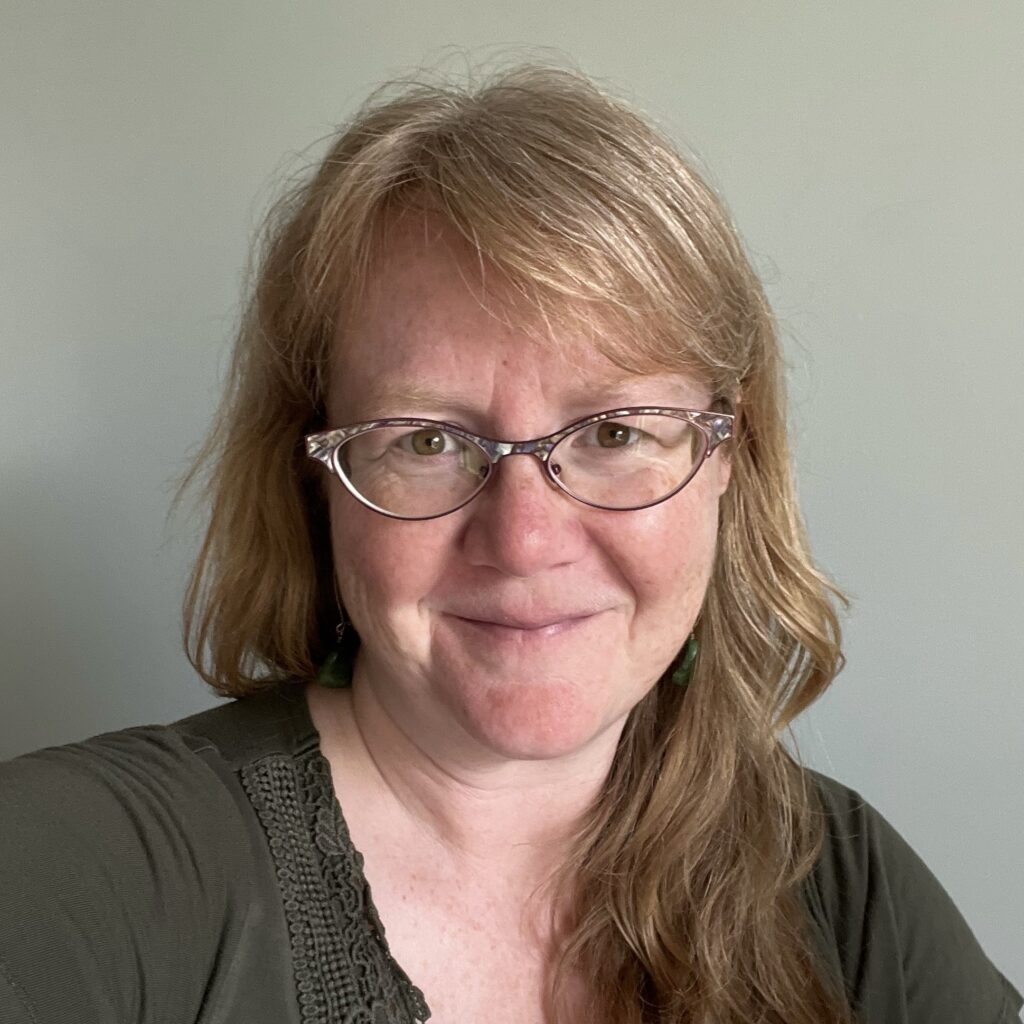
Kari Palazzari
Groundworks Art Lab, executive director
I think there’s more recognition for the role that the arts play in both the economic health of the area, but also the human wellbeing in the area. I was thrilled that the sales tax extension was passed last fall in Boulder, with half of that funding going to the arts.
I was very disappointed to see that the city’s general fund budget then backtracked on the compromise that was reached last summer and took arts funding out.
The arts are really central to the community, and one of the lowest percentages in terms of local funding priorities. It’s not like the arts community is asking for a lot; we really just want the city to honor the agreement that we made last summer.
Boulder is a really difficult place to live if you’re an artist. It’s not affordable, which makes it very hard. As we look at our students, there are a few who become artists, but a lot are regular folks in the community who have day jobs and maybe work in tech or are school teachers, librarians.
I think people are really hungry for being creative, for making things in real life, for being away from their screens and politics and the media, and having social connections with other live humans. Particularly coming off the pandemic, we saw a big jump, and that still holds.
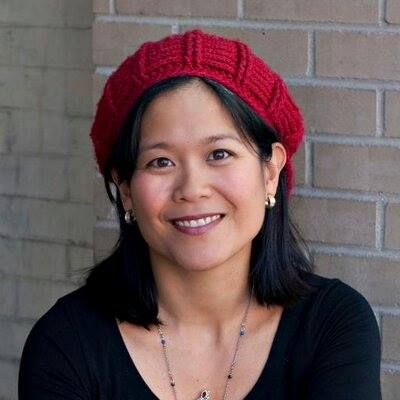
Elaine Waterman
Firehouse Art Center, executive director
During the pandemic, a lot of people saw that art is so important for mental health. As far as getting funding, there was this feeling that art for art’s sake was finally getting recognized. But I feel like that’s still a struggle. I think that realization was maybe just a bump.
As much as what happened during the pandemic was a reality, there was some disillusionment when I came back and it was like, ‘Oh, it’s still gonna be work.’ There’s always going to be a certain part of the population that understands the importance of the arts, and there’s going to be a part of the population that still doesn’t know that yet. So it’s really just kind of bringing them along.
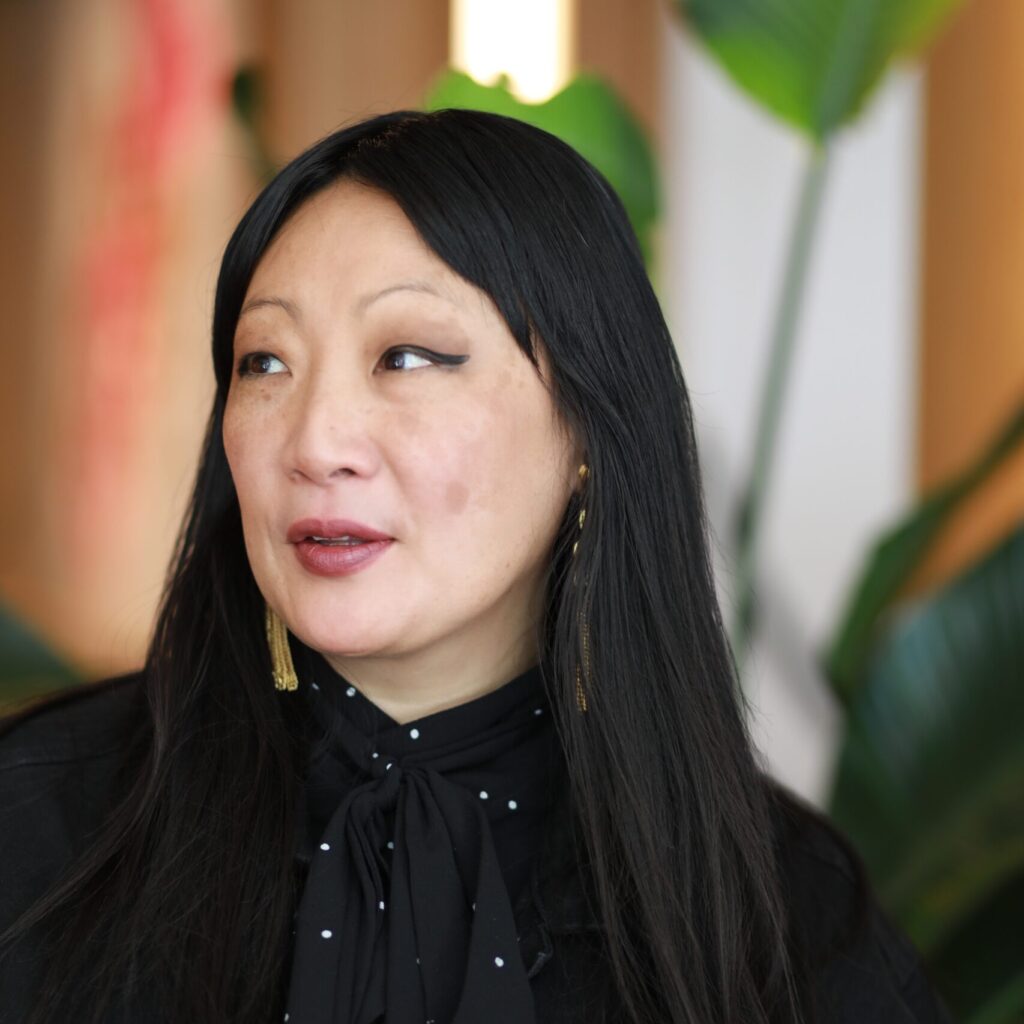
Jane Burke
BMoCA, curator
I’ve been encouraged by the ongoing operation of independent art spaces including East Window, Seidel City, Lowrider Gallery and Nick Ryan Gallery. These spaces play an important role in the art ecosystem as they directly contribute to an artist’s ability to take risks and experiment outside of more formal institutions. I feel many artists tend to play it safe and have to remain consistent with what is sellable or easily digestible.
The challenge is increased cost in real estate, making studio and exhibition space more difficult to afford for both artists, gallerists and institutions.
Boulder at large has the interest and financial capacity to bring more national and international artists to the table. However, I believe we need to strengthen not only our economic vitality but also our critical discourse in order to increase Boulder’s relevance within a global art context.
Editor’s note: Burke’s comments were sent via email. Other contributors were interviewed by Boulder Weekly.
